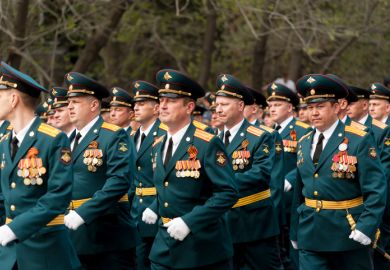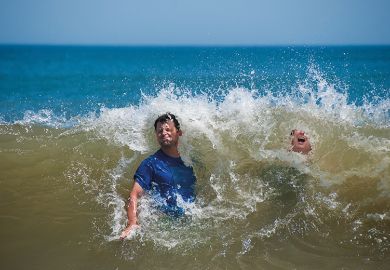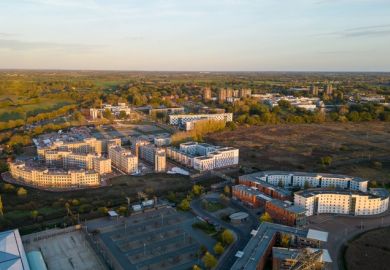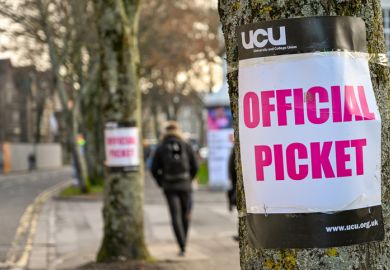Australian academics are exacerbating their administrative burdens by allowing the recruitment of colleagues to become bogged down by unnecessary selection requirements, a study suggests.
A University of Melbourne analysis has found that applicants for academic positions must satisfy an average of 11 “key selection criteria”, half of which have nothing to do with core teaching or research responsibilities. More than half of position descriptions contain at least one “redundant” criterion that closely resembles – or, in some cases, exactly duplicates – another criterion, the study found.
Researcher Peter Woelert analysed about 3,000 criteria outlined in 200 academic positions that universities attempted to fill in late 2017. He concluded that key selection criteria, which had been introduced to improve transparency and accountability in universities’ hiring processes, were “undermining rather than supporting” sensible administration.
Reporting his findings in the journal Science and Public Policy, he said the “mechanical and uncritical use of the written word” and the “unconsidered use of the ‘copy and paste’ function” had saddled universities with “increasingly bloated and burdensome administrative requirements”.
This entailed a mountain of paperwork for both job candidates and the selection panel members wading through their applications. Dr Woelert said criteria inserted out of habit – or, in some cases, to sift out applicants for positions that were “earmarked for a preferred candidate” – sometimes made no sense.
He cited a requirement that candidates be capable of using basic software such as word processing, spreadsheets and email. “Someone must have copied this criterion from 1989,” said Dr Woelert, a senior lecturer at Melbourne’s Graduate School of Education.
He said criteria requiring applicants to be a “can-do person” or “original thinker” or to affirm their “passion” for teaching or research produced nothing but platitudes.
Some universities routinely demanded statements outlining candidates’ compliance with occupational health and safety guidelines, regardless of the job being offered. Overall, 48 per cent of criteria were unrelated to traditional academic work.
Dr Woelert said professors needed to understand occupational safety, “but is it really a key criterion? Decisions are made on the basis of research performance or teaching experience; maybe leadership roles – not those 48 per cent of criteria about things that are not going to be taken into account when you hire someone.”
Academics tolerated and sometimes contributed to the problem, despite complaining about their workloads. Dr Woelert cited a recruitment process involving 23 selection criteria, overseen by an academic who routinely agonised about the “bureaucratisation” of his work.
The paper says the prominence of non-academic job requirements suggests a “striking mismatch” with guidelines that typically allocate just 20 per cent of academics’ work time to other non-academic duties.
While this did not prove that the 20 per cent rule of thumb no longer reflected reality, the study found that compliance-related attributes were prominent among non-academic criteria, reflecting the changing nature of academic work.
Dr Woelert said universities could reduce their recruitment workload by capping the number of criteria in each position description – a strategy apparently embraced by Australia’s federal public service, whose descriptions rarely involved more than seven criteria. Another approach would be to whittle applicants down to shortlists before requiring them to address criteria.
Register to continue
Why register?
- Registration is free and only takes a moment
- Once registered, you can read 3 articles a month
- Sign up for our newsletter
Subscribe
Or subscribe for unlimited access to:
- Unlimited access to news, views, insights & reviews
- Digital editions
- Digital access to THE’s university and college rankings analysis
Already registered or a current subscriber?








